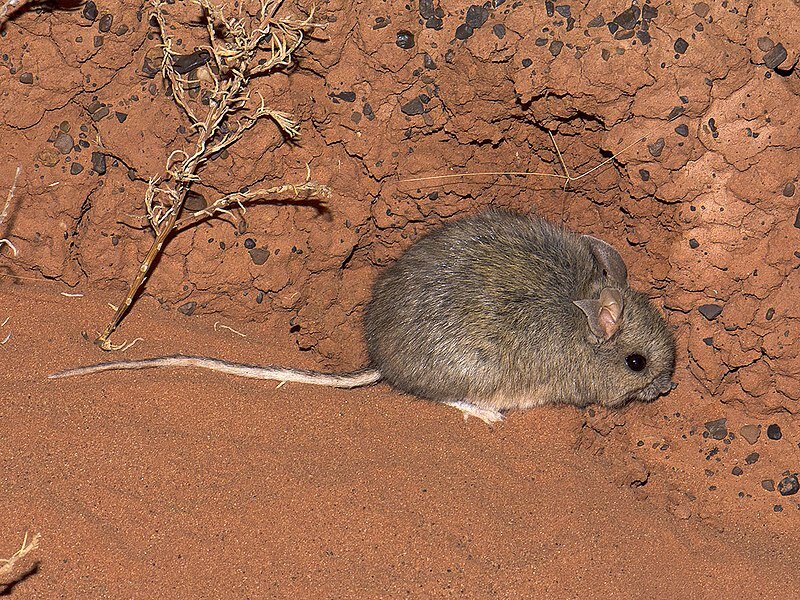
A new study has found the distribution of females in 33 species of Australian rodents affects the evolution of testes size of males in these social species.
The research, just published in Biology Letters, confirms that female availability influences the strength of sperm competition in these rodent species, according to evolutionary biology researchers from the University of Western Australia (UWA), Flinders University and Columbia University, U.S.
Insights into reproduction and male fertility will help researchers to understand and support conservation of Australia’s rodent species threatened by introduced predators, habitat clearance and degradation, and climate change, says lead author Dr. Renée Firman, ARC Future Fellow from UWA’s Center for Evolutionary Biology.
“We used phylogenetic analyses on 33 species of rodents to understand the link between the spatial and temporal distribution of females and sperm competition, or essentially, male-male competition after mating,” she says.
“We found that males of these social species had smaller testes compared to solitary species, suggesting that dominance hierarchies among social males lead to reduced levels of sperm competition.”
The study also found that testes size increased with decreasing mating season length, indicating that the “temporal synchrony of female receptivity predicts the level of sperm competition in Australian rodents,” Dr. Firman adds.
The results suggest that males may be effective in monopolizing reproduction within social groups, which leads to reduced levels of sperm competition relative to non-social species where free-ranging females cannot be controlled.
“Overall, our results show that patterns of female distribution, in both space and time, can influence the strength of post-mating sexual selection among species,” researchers say.
Ultimately, patterns of female distribution will affect the strength of sperm competition by dictating the extent to which males are able to prevent female remating.
“This study helps our understanding of how the spatial and temporal distribution of mating opportunities have shaped the evolution of sperm competition,” says Flinders University Lecturer in Terrestrial Ecology Dr. Bruno Buzatto, who is also affiliated with UWA and Macquarie University.
Renée C. Firman et al, The spatial and temporal distribution of females influence the evolution of testes size in Australian rodents, Biology Letters (2022). DOI: 10.1098/rsbl.2022.0058
Citation:
Distribution of females influences the evolution of testes size in Australian rodents (2022, May 4)
retrieved 4 May 2022
from https://phys.org/news/2022-05-females-evolution-size-australian-rodents.html
This document is subject to copyright. Apart from any fair dealing for the purpose of private study or research, no
part may be reproduced without the written permission. The content is provided for information purposes only.


